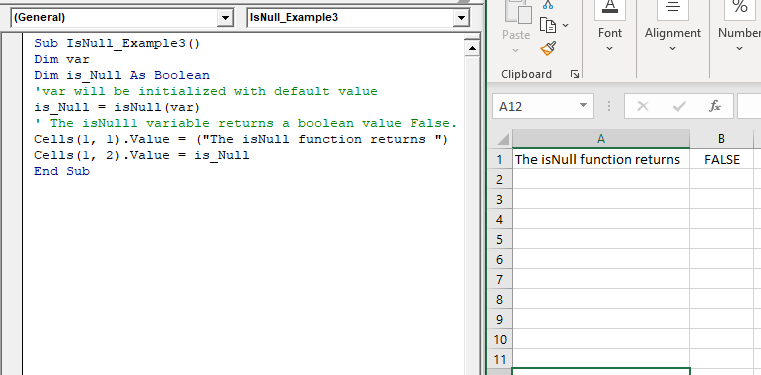
We get the same result that we got in ISNULL() example. Here’s an example that uses the same database table from a previous example: SELECT * FROM Pets The NULL predicate can be used in the following ways: R IS NULL To store these unknown songwriters along with the songs in a database table, we must use NULL. For example, some songs may not have the songwriter information because we don’t know who wrote them. It indicates that a piece of information is unknown or not applicable. So when using RDBMSs such as PostgreSQL and SQLite (that don’t provide an ISNULL() function), and when using SQL Server (where ISNULL() works differently), the NULL predicate is still an option. Introduction to the SQLite IS NULL operator NULL is special. spaaarky21 at 21:40 1 spaaarky21 - You make a good point. To anyone reading this now, please see SQLMenace's answer (from over a year and a half earlier nevertheless) before writing your own solution using CASE. The NULL predicate (aka IS NULL predicate) is part of the SQL standard, and most (if not all) major RDBMSs support it. The function ifnull is the SQLite equivalent of the isnull function the question was asking about. Sure, we could use it to return 1: SELECT ISNULL( null, 1 ) īut this will only return 0 if the first argument is 0: SELECT ISNULL( 0, 1 ) Here’s an example of how ISNULL() works in SQL Server: SELECT ISNULL( null, 'Cheese' ) Otherwise it returns the first expression. If the first one is null, then it returns the second expression. In SQL Server, ISNULL() does the same thing that IFNULL() works in other RDBMSs. SQL Server’s implementation of ISNULL() works differently. We can also explicitly specify that ISNULL(DOB) equals 1: SELECT * FROM Pets In this case, we returned all rows from the Pets table where the DOB column is null. | PetId | PetTypeId | OwnerId | PetName | DOB | Here’s an example that uses a database: SELECT * FROM Pets The second call to the function returned 0, because we passed a non-null value. We can see that the first call to ISNULL() returned 1, because we passed a null value. | ISNULL( null ) | ISNULL( 'Tropical' ) | The SQLite IS NULL Condition is used to test for a NULL value in a SELECT, INSERT, UPDATE, or DELETE statement. Here’s an example of how ISNULL() works in those RDBMSs: SELECT

MySQL, MariaDB, & OracleĪs mentioned, MySQL, MariaDB, and Oracle Database each have an ISNULL() function that returns 1 if its argument is null, and 0 if it’s not. Other RDBMSs, such as PostgreSQL and SQLite don’t include an ISNULL() function, but they do support the IS NULL predicate (as do the other RDBMSs). It works more like how the IFNULL() function works in some other RDBMSs.

SQL Server also has an ISNULL() function, but it works differently.

MySQL, MariaDB, and Oracle Database each have an ISNULL() function that returns 1 if its argument is null, and 0 if it’s not. Some RDBMSs provide an ISNULL() function that can be used when dealing with potentially null values.


 0 kommentar(er)
0 kommentar(er)
